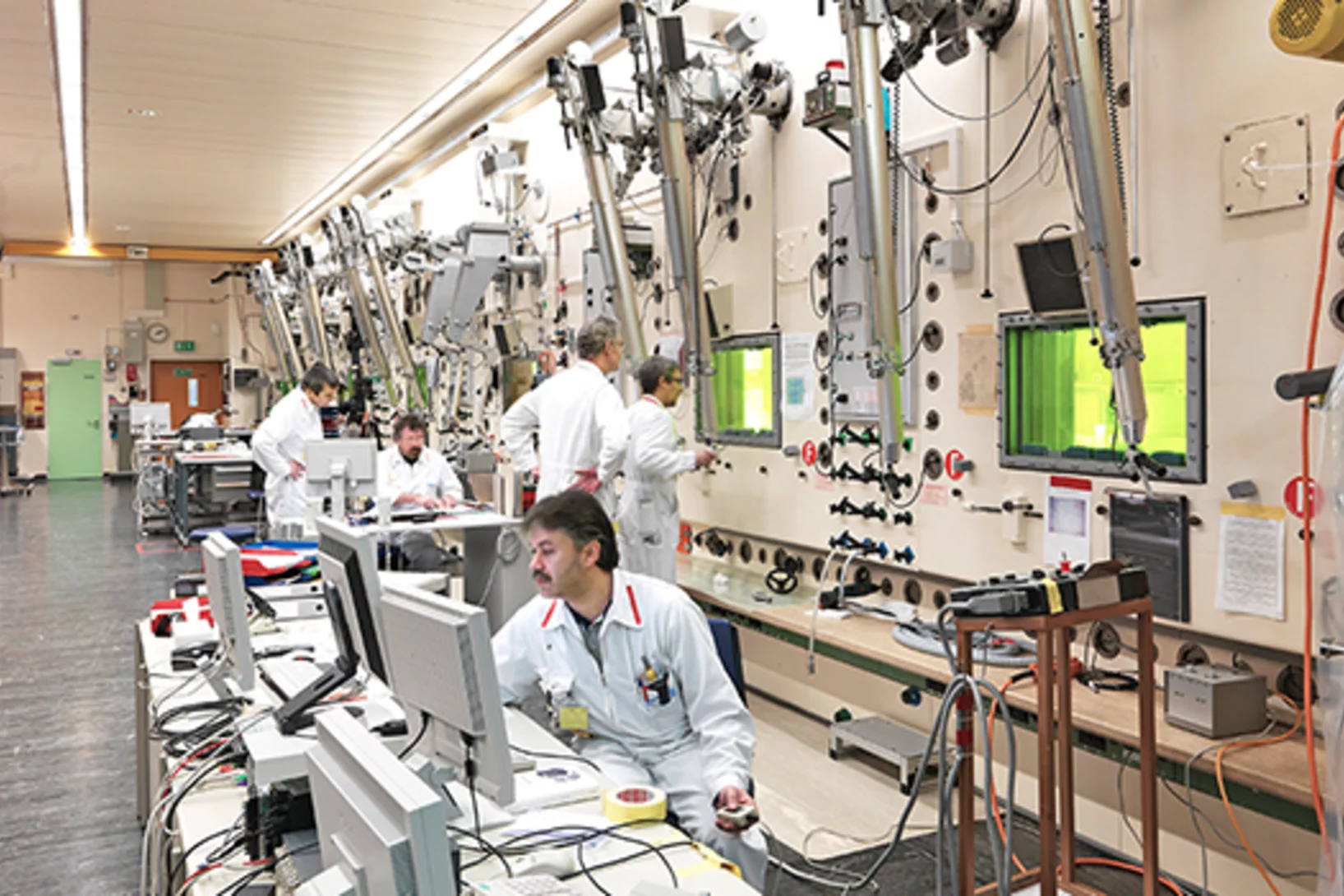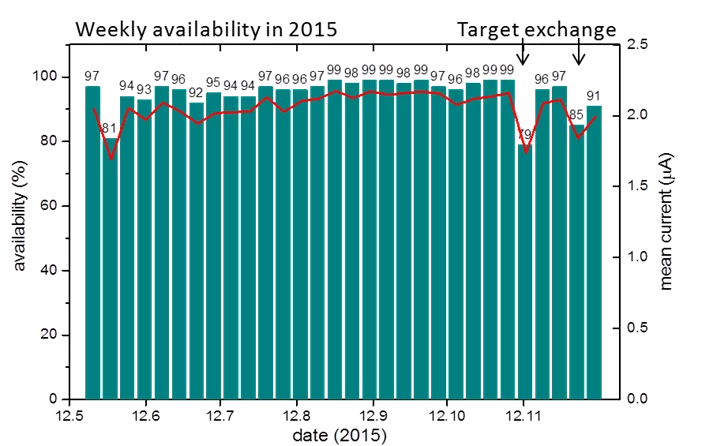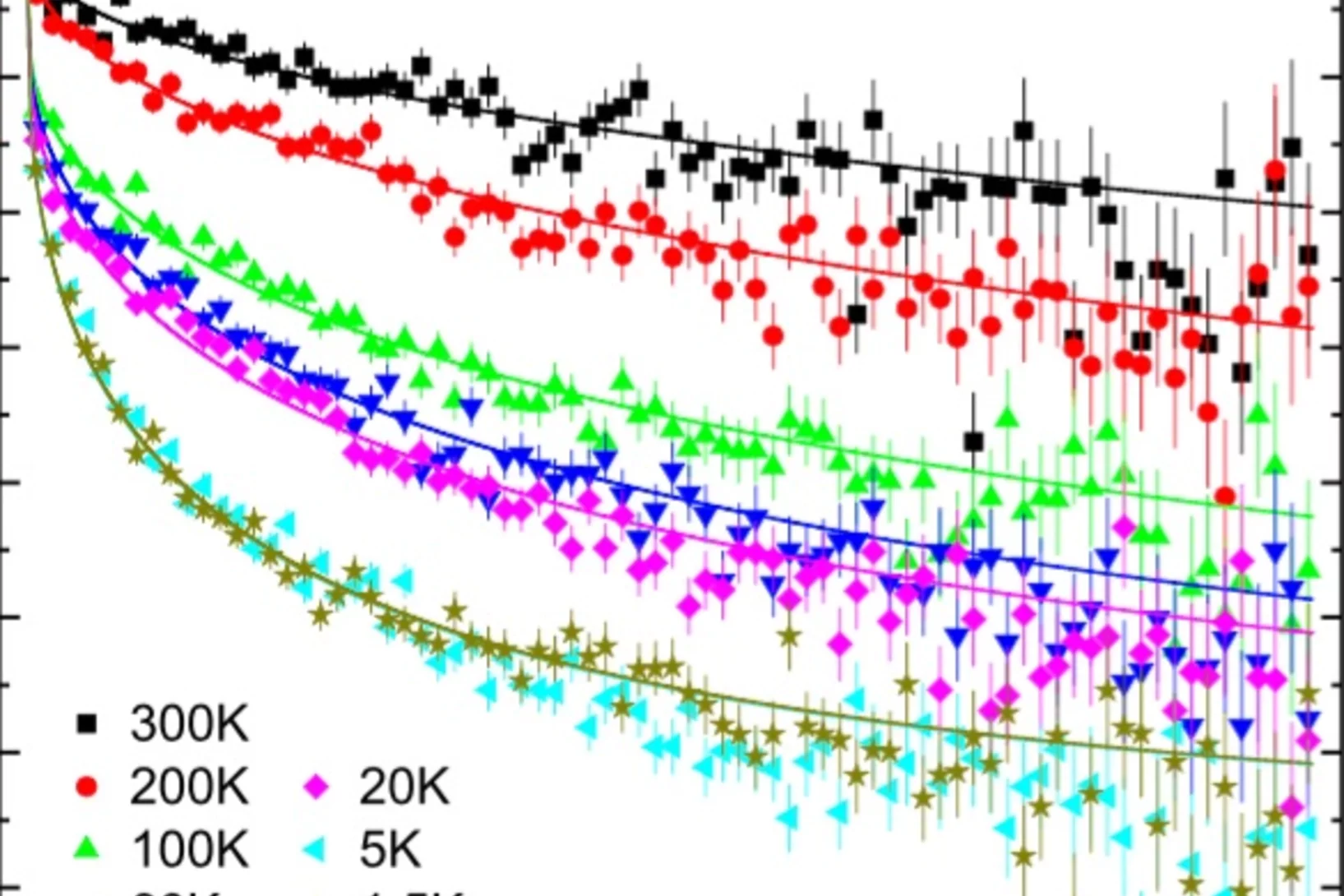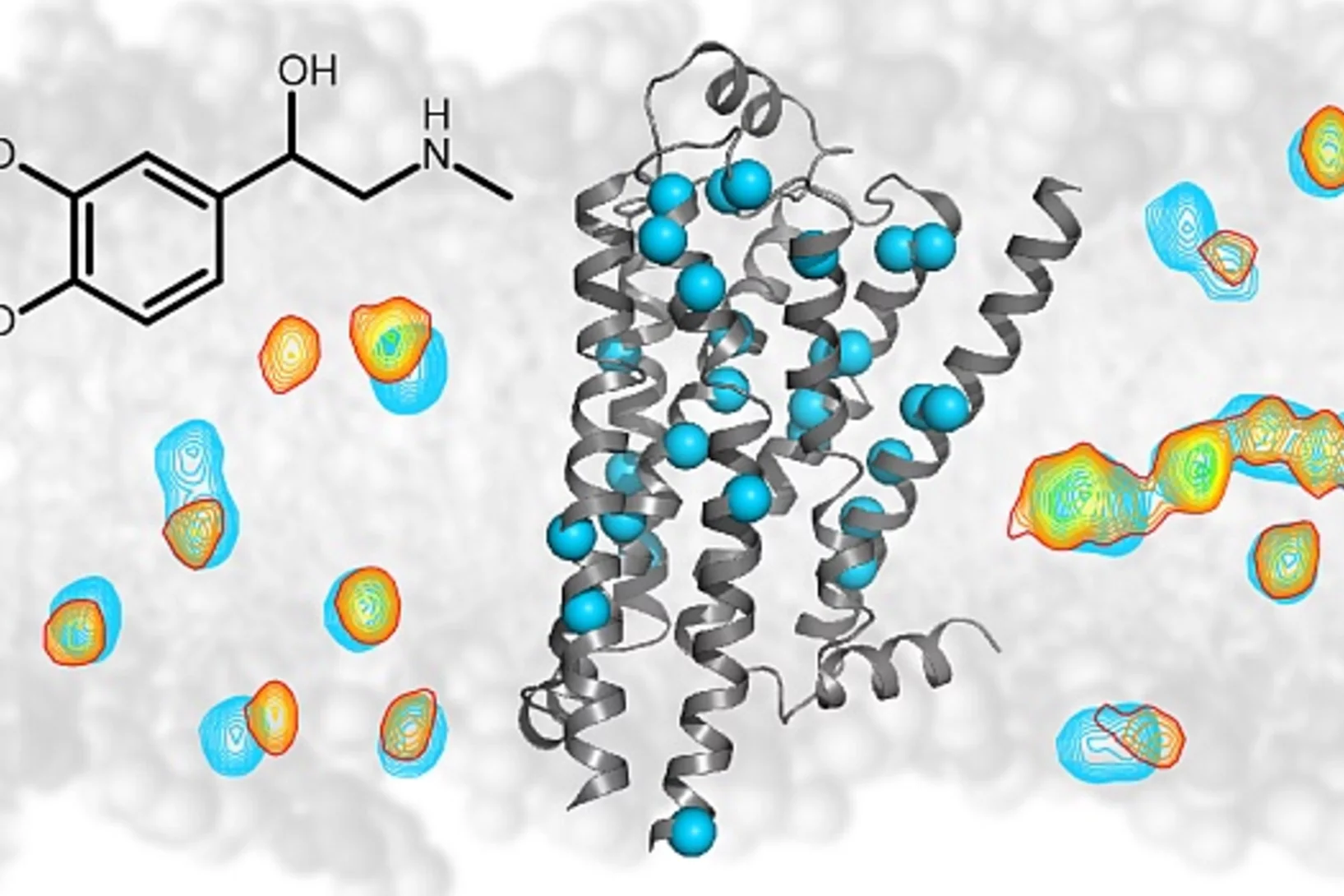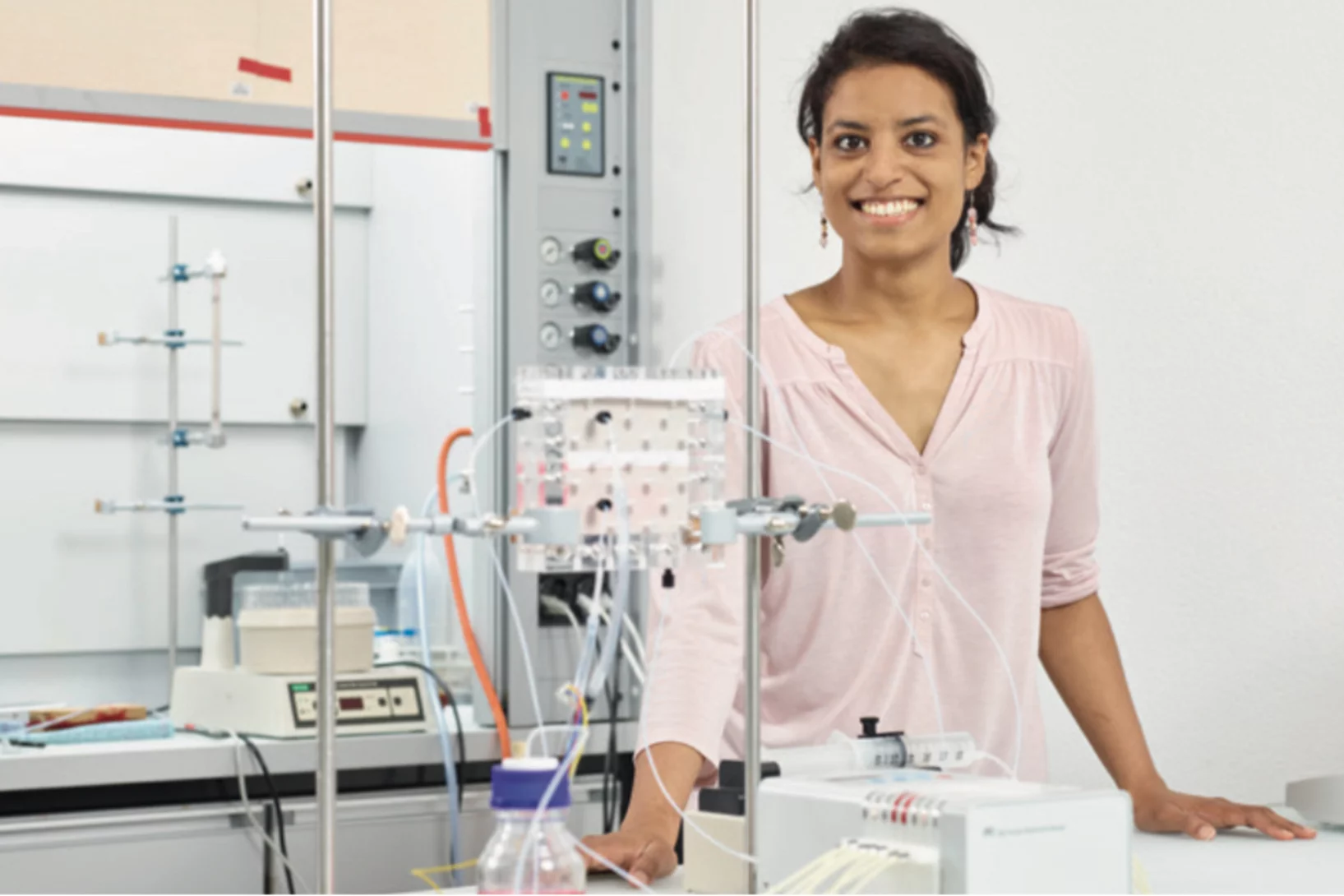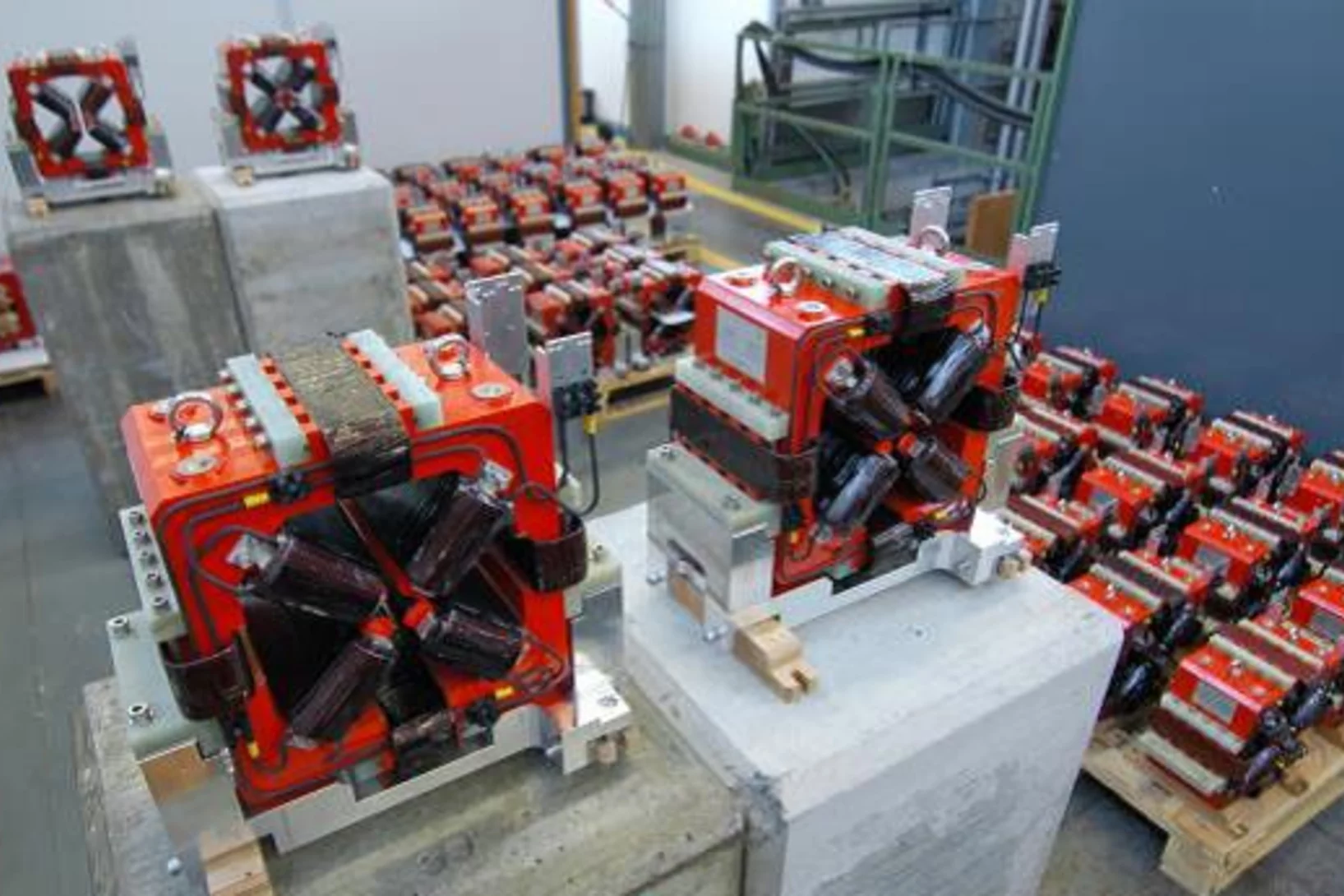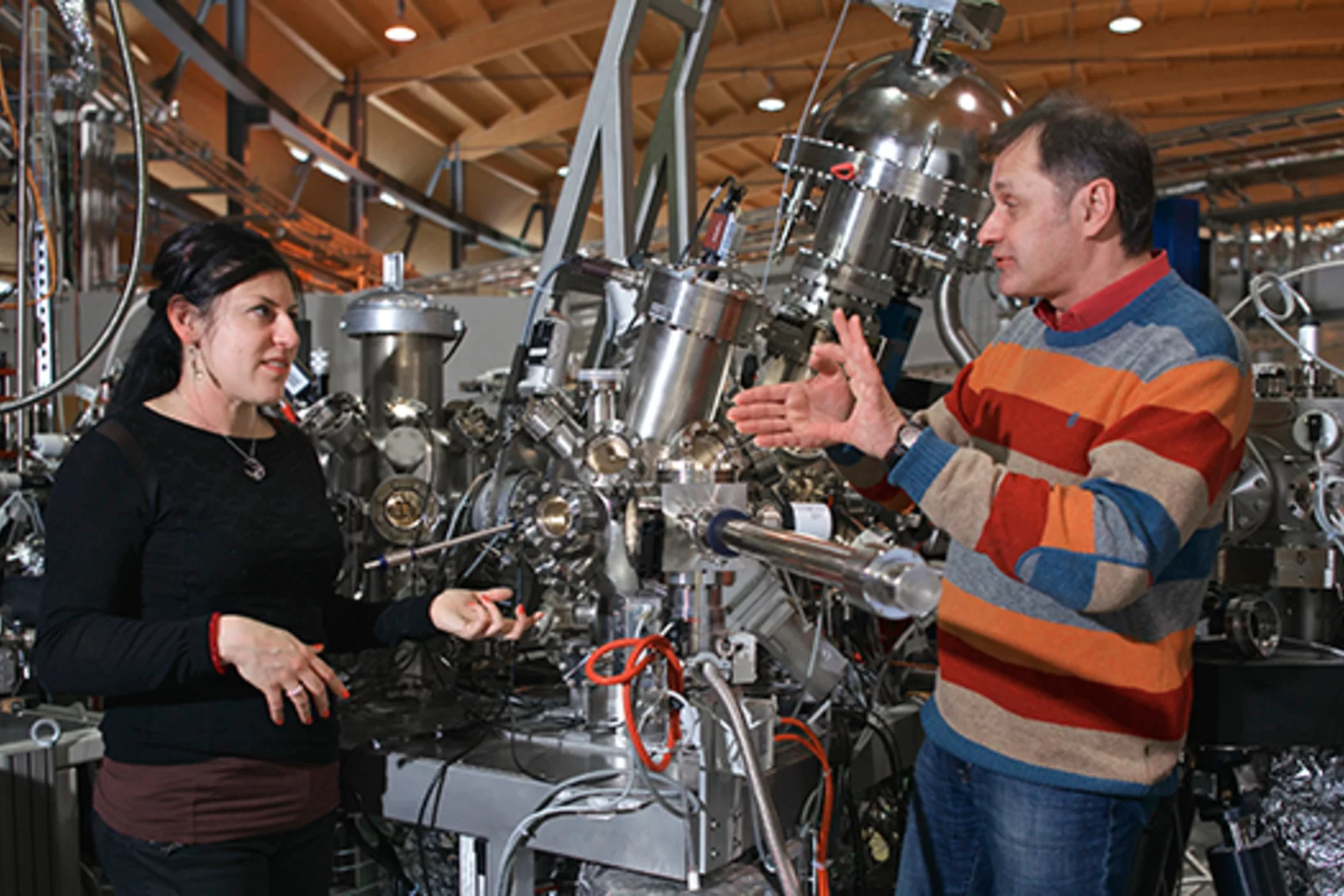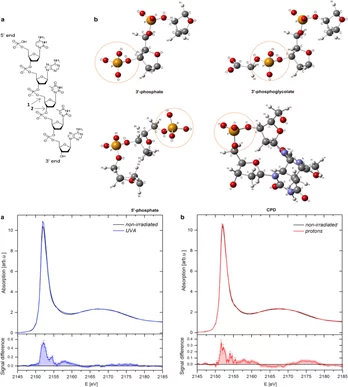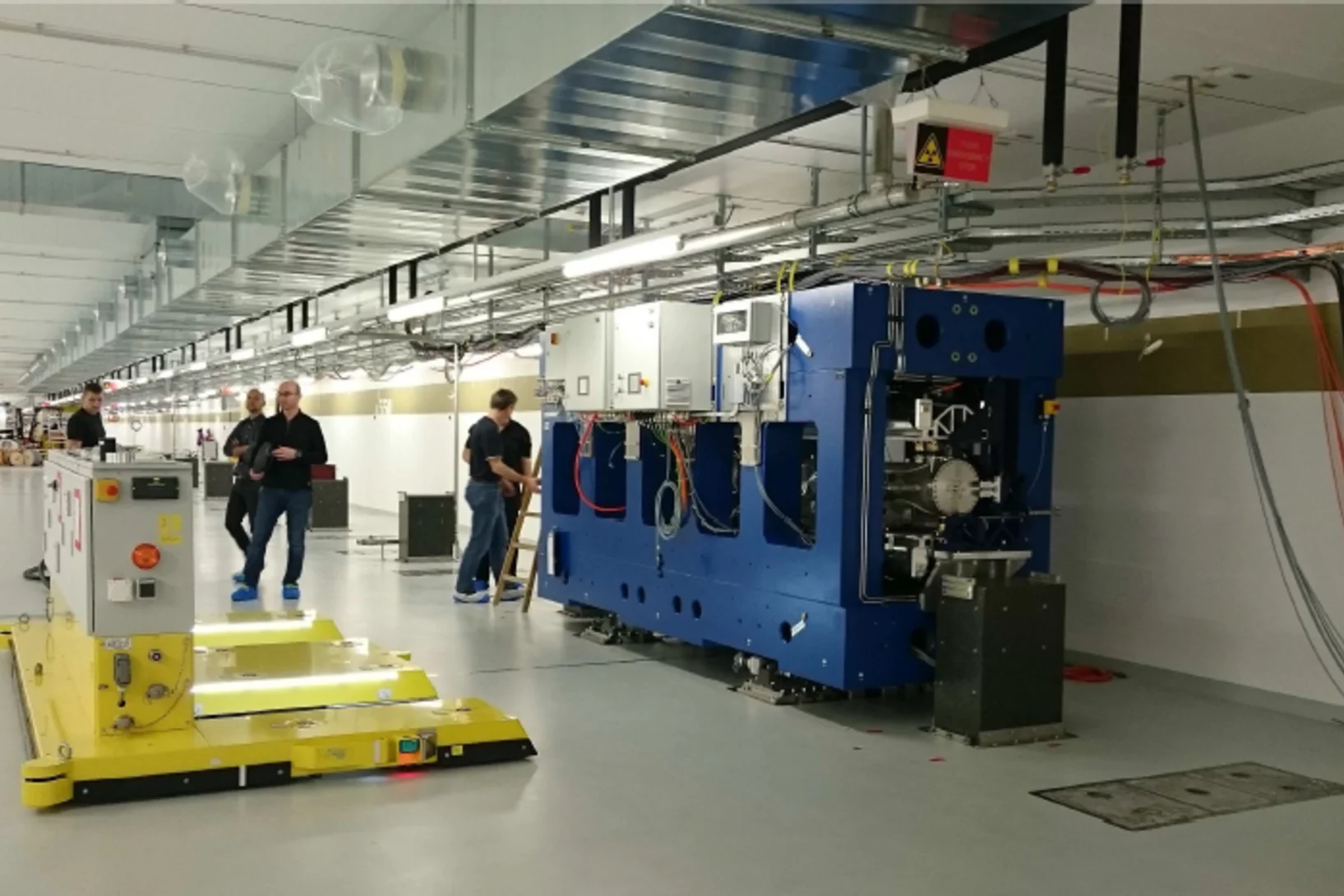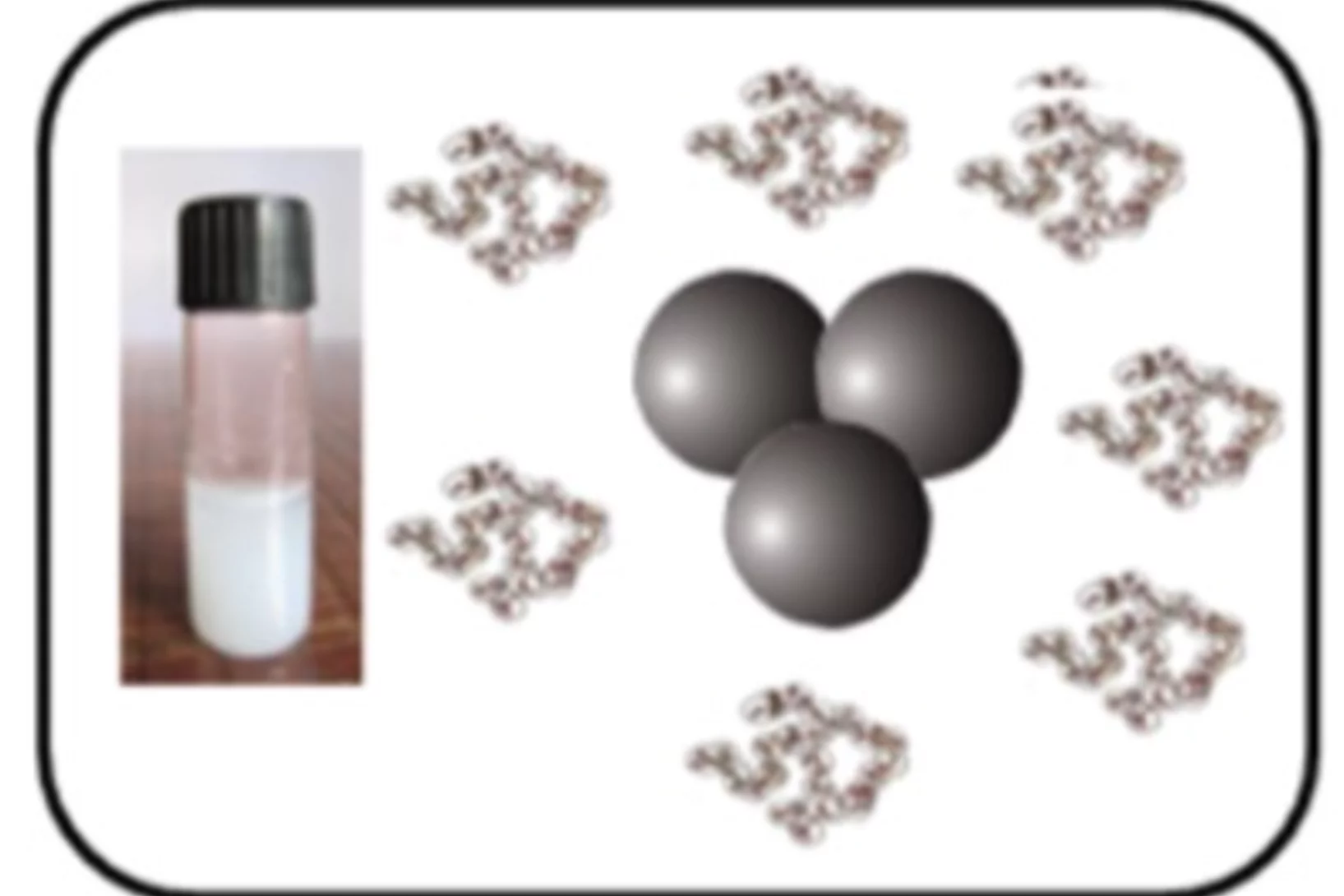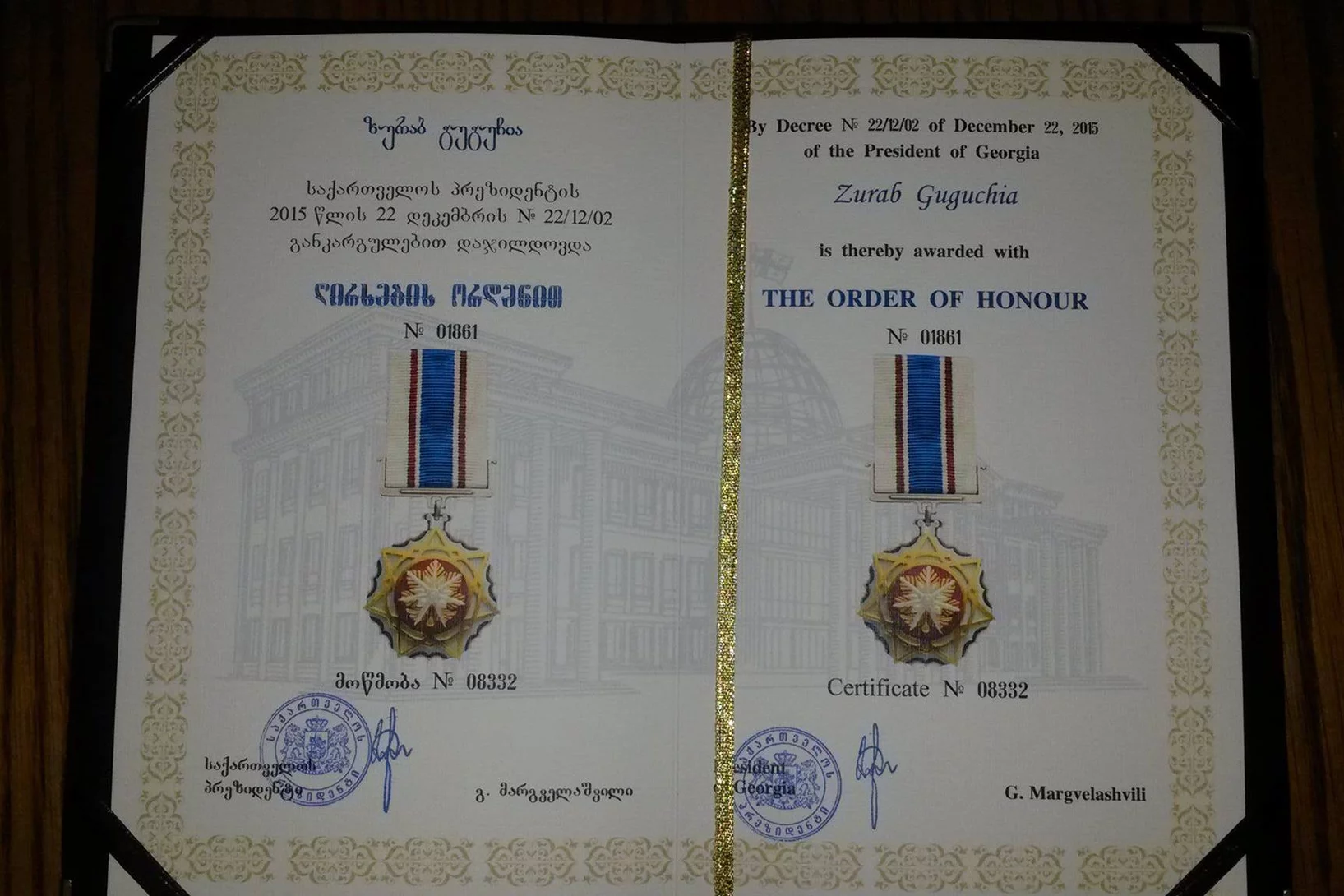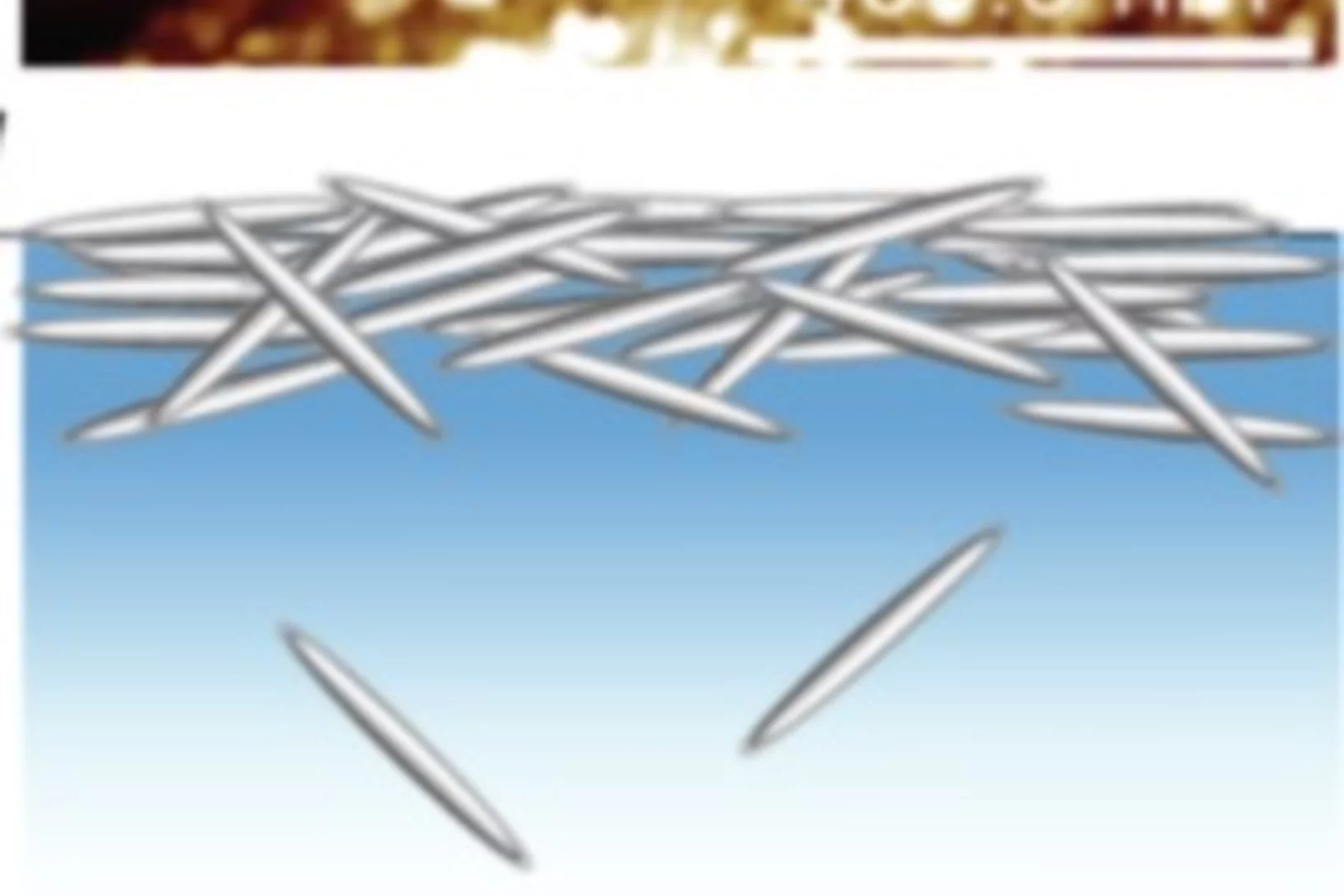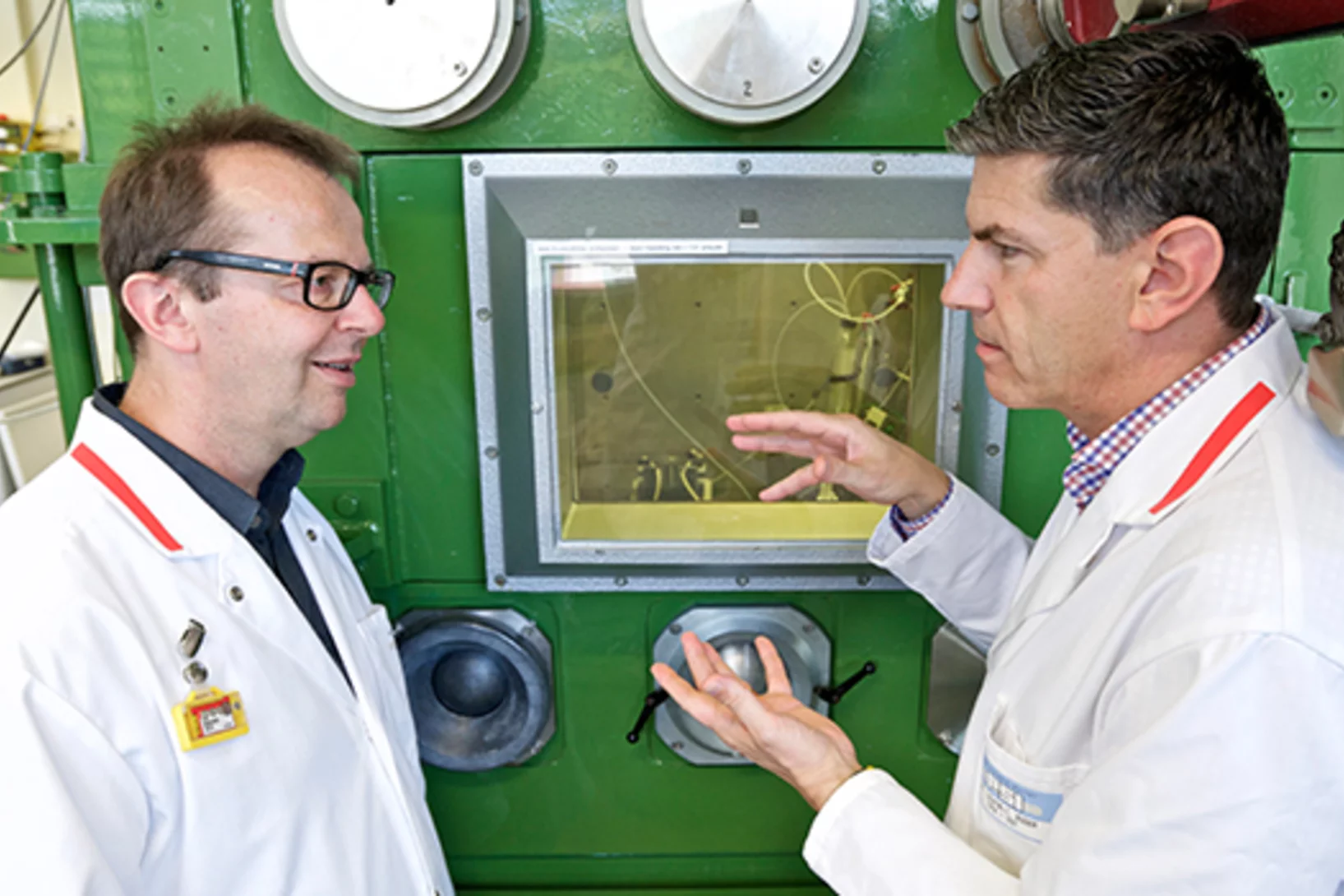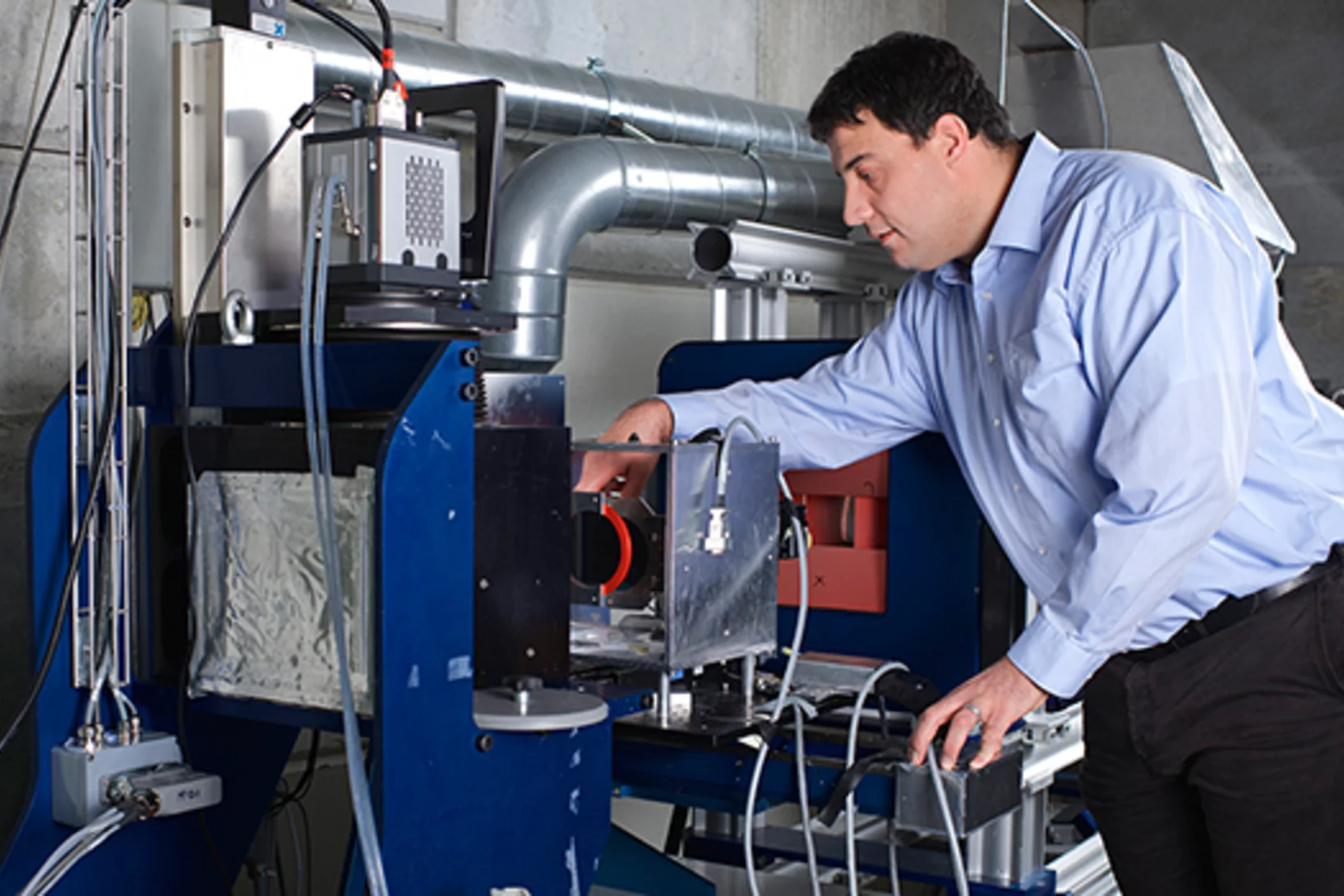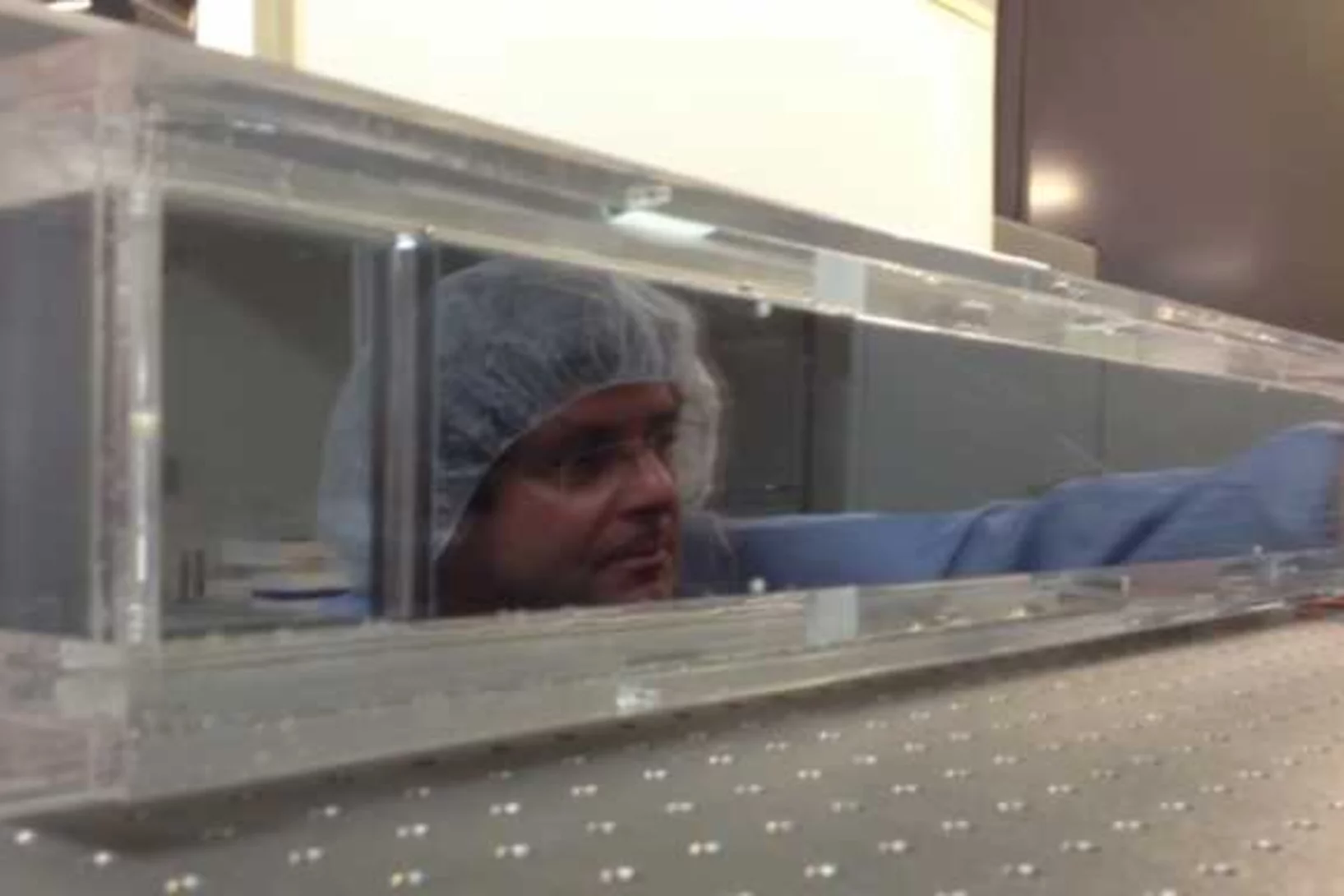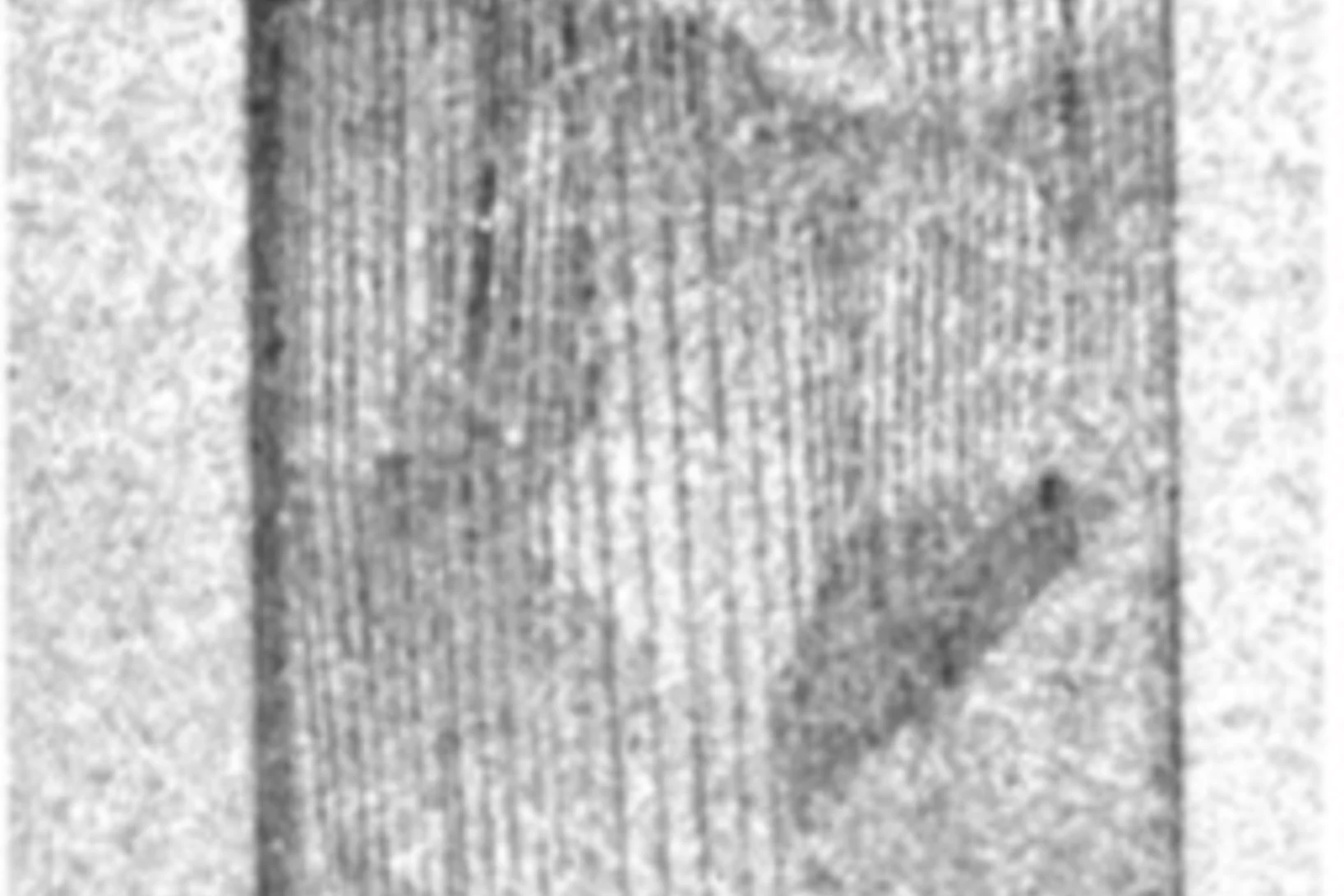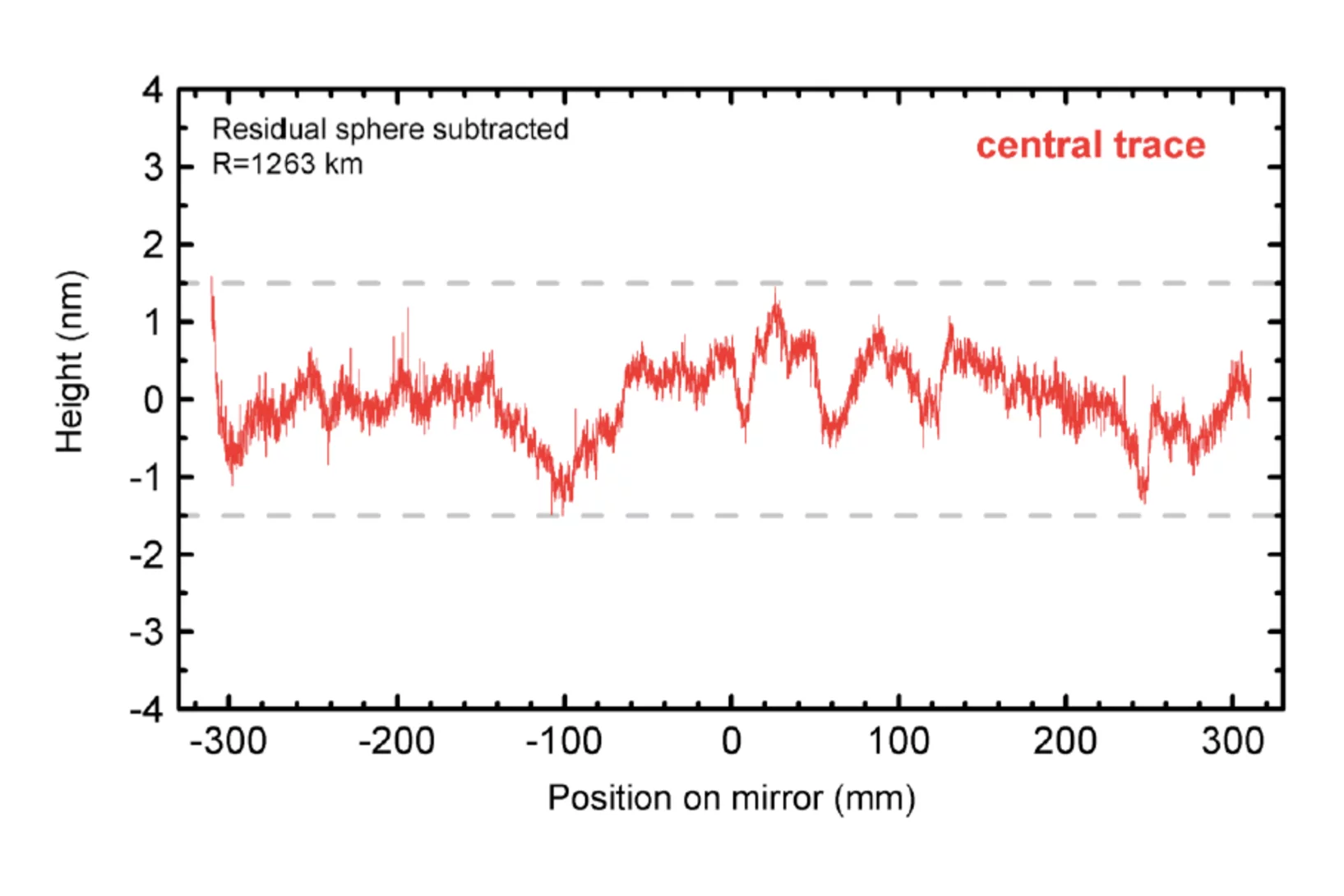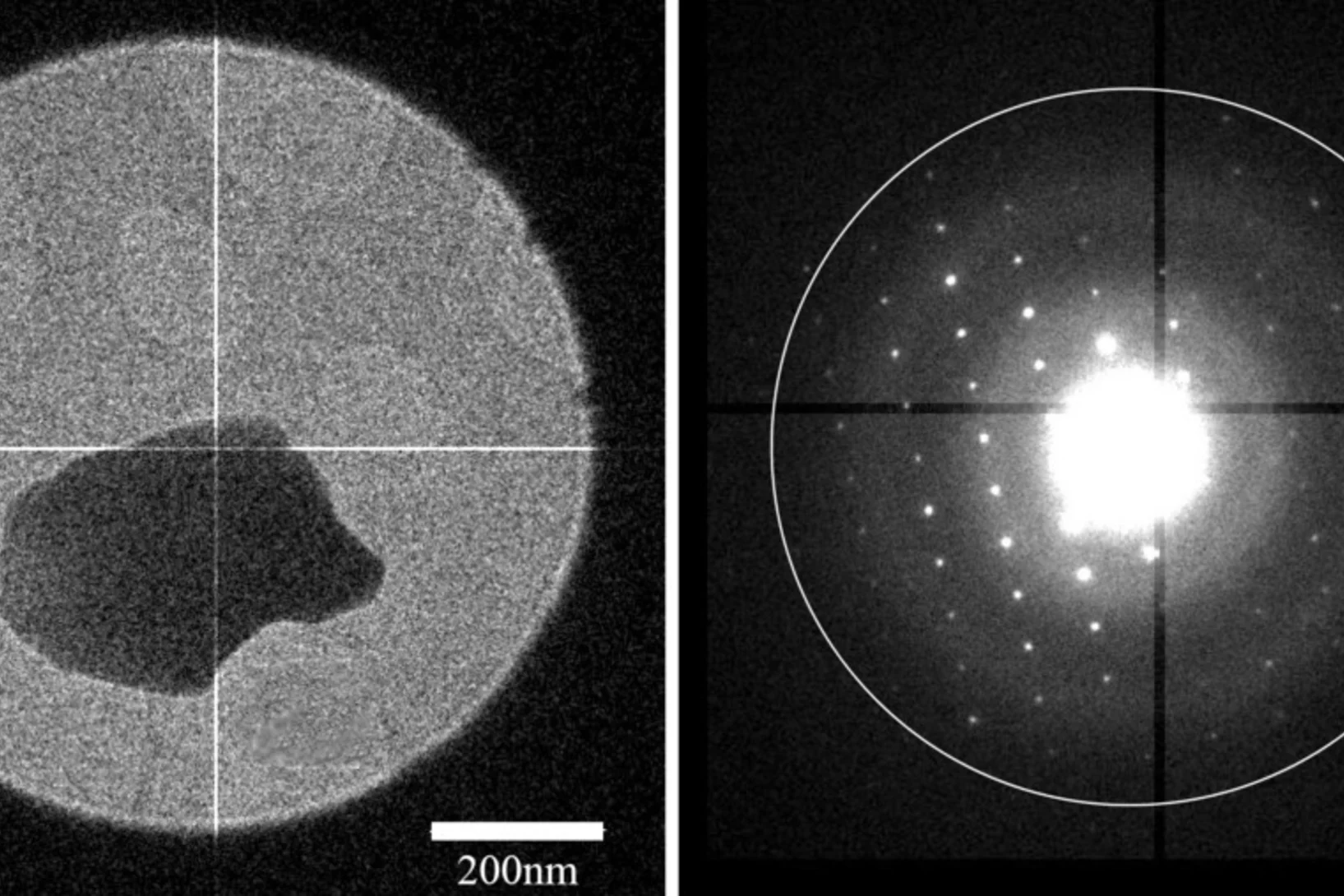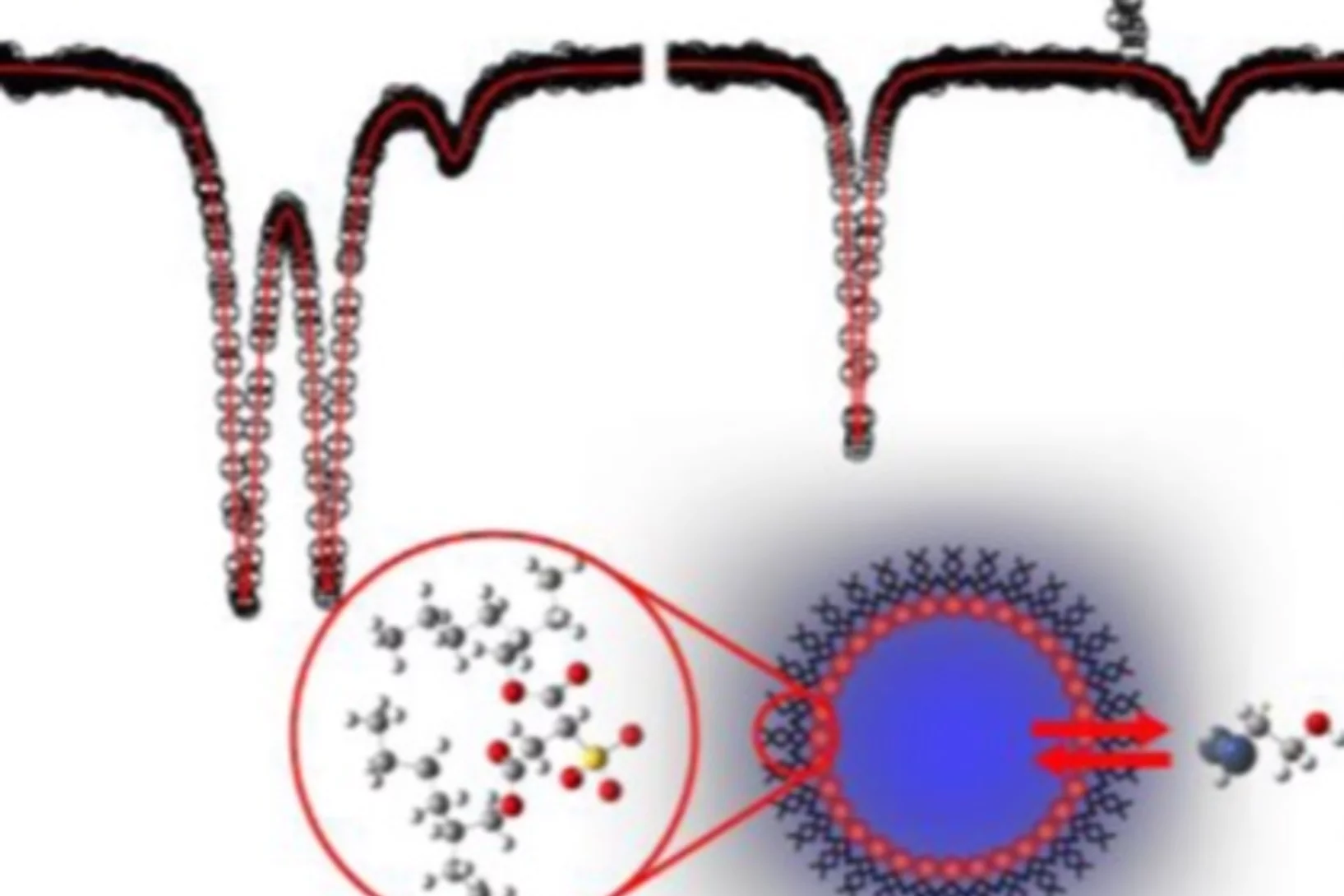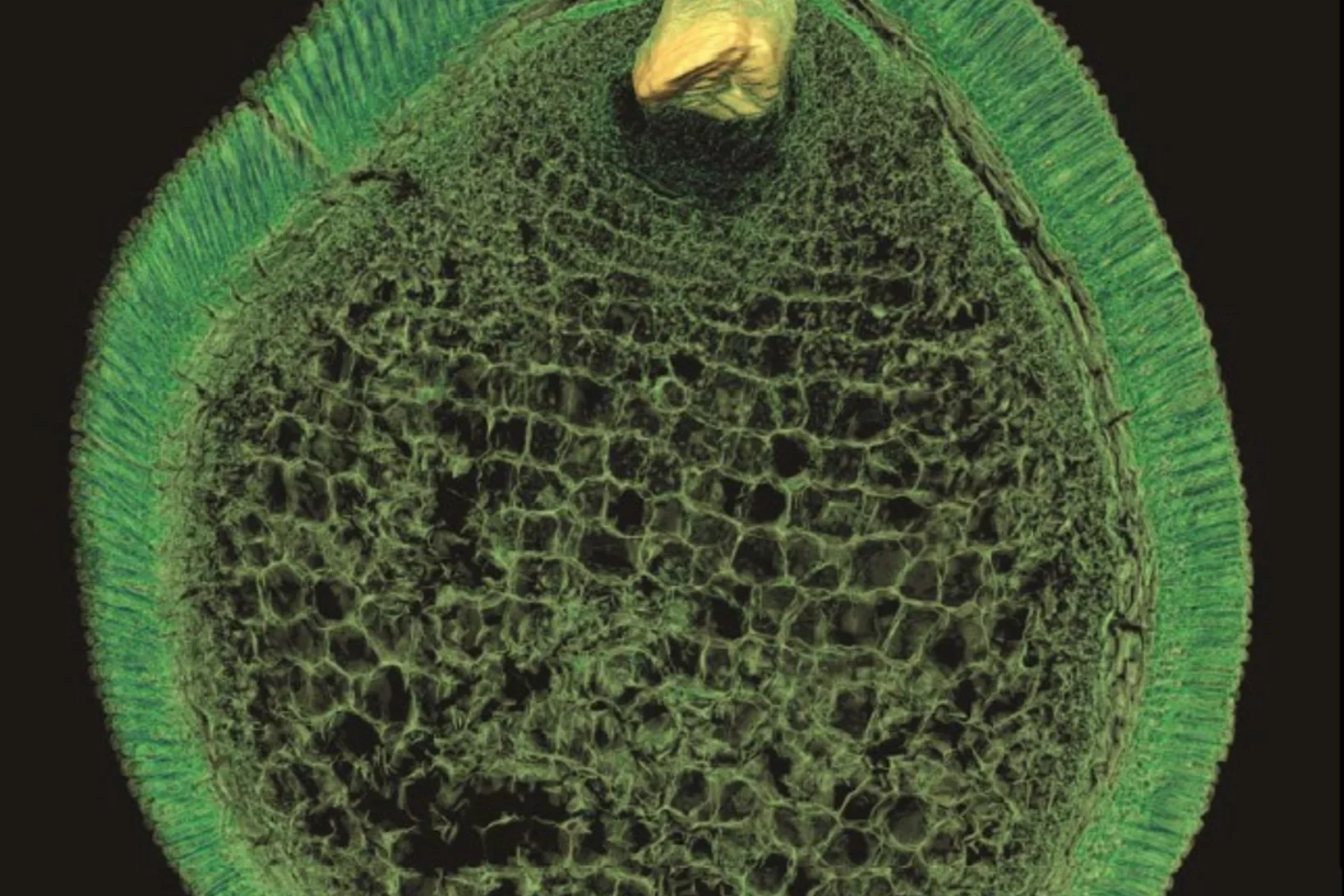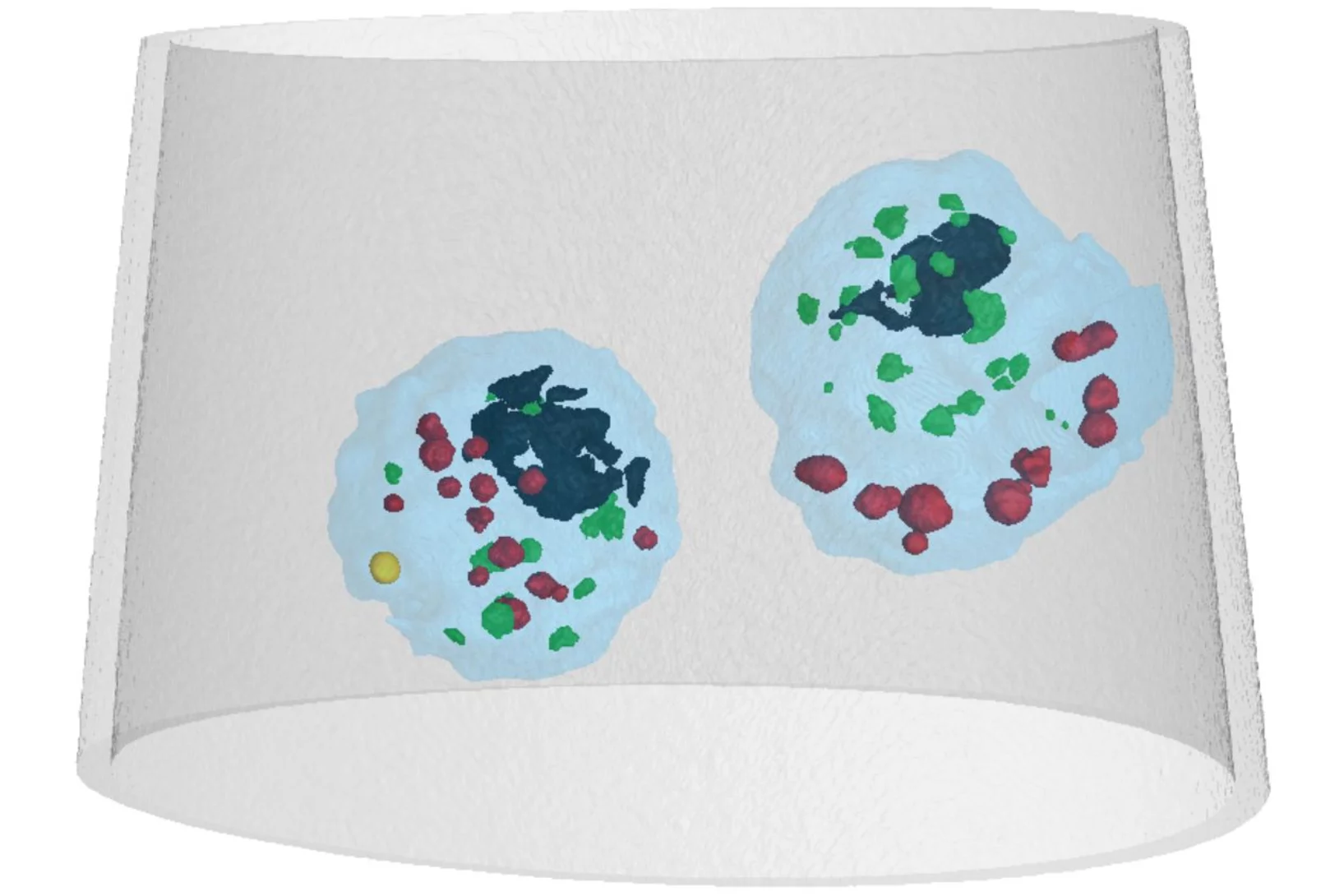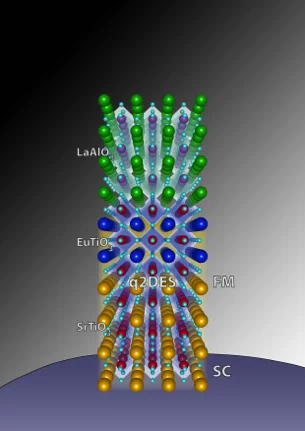Abkehr von der Kernenergie, Ausbau von Solar- und Windkraft, Energiegewinnung aus Biomasse, Senkung des Energieverbrauchs. Bis 2050 soll die Schweiz klimaneutral werden. Ein ehrgeiziges Ziel, welches durch die zunehmend herausfordernde geopolitische Lage dringlicher denn je geworden ist. Wie lässt sich in den nächsten Jahren eine nachhaltige und widerstandsfähige Energieversorgung für die Schweiz aufbauen? Wie können erneuerbare Energien optimal genutzt werden? Welche neuen Technologien sind besonders vielversprechend? Am PSI suchen Forschende nach Antworten auf diese entscheidenden Fragen.
Die Forschungsanlage Hotlabor
Start der öffentlichen Auflage für eine Erneuerung der Betriebsbewilligung der Forschungsanlage Hotlabor am Paul Scherrer Institut PSIDas Hotlabor am Paul Scherrer Institut PSI ist eine Anlage, in der Forscherinnen und Forscher hoch radioaktive Materialien in speziellen abgeschirmten Kammern – die Hotzellen oder auch Heisse Zellen genannt werden – untersuchen. Die Anlage ist in der Schweiz einzigartig. Sie dient der angewandten Materialforschung an stark radioaktiven Proben aus Kerneinbauten und Brennstäben von Kernkraftwerken, Forschungsreaktoren und den PSI-Bestrahlungseinrichtungen. Mit dem Betrieb des Hotlabors leistet das Paul Scherrer Institut daher auch einen Beitrag zur Sicherheit der Schweizer Kernkraftwerke. Rund 32 Mitarbeitende betreuen die sicherheitstechnische und analytische Infrastruktur des Hotlabors.
Proton Accelerator Operation Statistics 2015
For the first time in the history of the High Intensity Proton Accelerator the availability of the facility reached an outstanding value of 95% in 2015 with a record value of 99.3% in week 44. In comparison to the two previous years this corresponds to a reduction of the downtime by 50%. The user operation in 2015 was started as scheduled and already in the first week the machine was available 97% of the scheduled beam time. In addition to the smooth operation of the facility, high intensity beam experiments could regularly be performed with currents of up to 2.4 mA. nu
Coexistence of low-moment magnetism and superconductivity in tetragonal FeS and suppression of Tc under pressure
The family of iron-based superconductors has recently acquired a new member material, FeS. Theoretically, this compound has been shown to have electronic structure similar to that of the superconducting FeSe. However, contradictory ground states have been predicted for FeS. In this work, a collaboration of authors from Switzerland and Germany use muon spin rotation and relaxation to show that weak-moment magnetism microscopically coexists with bulk superconductivity.
Herzklopfen erforscht
Neue Einblicke in die Funktionsweise wichtiger Arzneimittelrezeptoren: Viele Arzneimittel wirken auf bestimmte Rezeptoren ein, die in der Aussenhülle unserer Körperzellen sitzen. Einer dieser Rezeptoren ist der sogenannte Beta-1-Adrenorezeptor. Er ist unter anderem für das buchstäbliche Herzklopfen verantwortlich. Wie er Signale ins Zellinnere überträgt, liess sich nun im Detail aufklären. Dies wird helfen, die Wirkmechanismen vieler Arzneien deutlich besser zu verstehen.
Porträt Jenna Poonoosamy: Die Vermesserin der Gesteinsporen
Drei Jahre in Folge hat Jenna Poonoosamy den Preis für die beste Präsentation am Doktorandentag im Bereich Nukleare Energie und Sicherheit (NES) am Paul Scherrer Institut PSI erhalten. Poonoosamy stammt ursprünglich von der Insel Mauritius im Indischen Ozean. Schon in der Schule interessierte sie sich vor allem für Chemie. «Die meisten meiner Freunde wollten in die Wirtschaft», erzählt sie. «Mich dagegen haben die Naturwissenschaften fasziniert.» Und so zog sie nach der Schule zum Chemie-Studium nach Paris. Und kam später für ihre Doktorarbeit ans PSI.
An der Schnittstelle
Interview mit Stefan Janssen, Leiter Nutzerbüro
Stefan Janssen leitet das Nutzerbüro am Paul Scherrer Institut PSI. Im Interview erklärt er, warum die Grossforschungsanlagen des PSI bei externen Forschern so beliebt sind, wie er die vielen Antragstellungen bearbeitet und in welcher Weise er die Nutzer unterstützt.
GFA delivers the SwissFEL magnets on schedule
The Paul Scherrer Institut is building an X-ray free electron laser (SwissFEL) providing a source of intense, ultra-short pulses of coherent radiation in the wavelength range of 0.1 nm to 0.7nm. For the hard X-ray beam line, the magnet section in GFA/ATK has the responsibility for the design, the procurement and the magnetic qualification of 267 electro-magnets of 22 different types. Several design studies were performed in an attempt to meet the required magnet specifications while optimizing construction and operation cost.
Schwerfälliger Stromfluss könnte Weg zu energiesparenden Computern weisen
Computer und andere elektronische Geräte haben heute einen beträchtlichen Anteil am weltweiten Energieverbrauch. Mit den heute genutzten Technologien lässt sich dieser Verbrauch aber kaum senken, sodass die Chips in den energiesparenden Geräten der Zukunft aus neuartigen Materialien bestehen werden. Neueste Forschungsergebnisse aus dem Paul Scherrer Institut PSI geben Hinweise darauf, wie man zu solchen Materialien kommen könnte.
Biophysical effects of UV radiation on biological samples
The biological influence of radiation on living matter has been studied for years; however, several questions about the detailed mechanism of radiation damage formation remain largely unanswered. Among all biomolecules exposed to radiation, DNA plays an important role because any damage to its molecular structure can affect the whole cell and may lead to chromosomal rearrangements resulting in genomic instability or cell death.
Transport of first "completed" Undulator into the SwissFEL Tunnel
On the 25th of January, the first "completed" undulator has been transported to its final position in the SwissFEL tunnel. The 1064 permanent magnets of this undulator where shimmed to the sub-micrometer level and the magnetic profile has been carefully measured for the full gap range. Twelve of such undulators will be installed until October 2016!
Small-Angle Neutron Scattering Study of Interplay of Attractive and Repulsive Interactions in Nanoparticle-Polymer System
The phase behavior of nanoparticle (silica)−polymer (polyethylene glycol) system without and with an electrolyte (NaCl) has been studied. It is observed that nanoparticle−polymer system behaves very differently in the presence of electrolyte. In the absence of electrolyte, the nanoparticle−polymer system remains in one-phase even at very high polymer concentrations.
Georgian Order of Honor for Zurab Guguchia
Thomas Prokscha from Laboratory for the Muon Spin Spectroscopy LMU and Head of the LEM Group was invited to serve an additional year as a member of the INTC Committee (ISOLDE and Neutron Time-of-Flight Experiments Committee) at CERN.
The INTC evaluates proposals for experiments on the ISOLDE facility. In addition it reviews the experiments proposed for the neutron time-of-flight facility.
Wiederwahl der Direktoren von PSI und WSL
Der Bundesrat hat am 20. Januar 2016 auf Antrag des ETH-Rats den Direktor des Paul Scherrer Instituts PSI, Joël Mesot, und den Direktor der Eidgenössischen Forschungsanstalt für Wald, Schnee und Landschaft WSL, Konrad Steffen, für weitere vier Jahre wiedergewählt. Die dritte Amtszeit von Joël Mesot beginnt am 1. August 2016, die zweite Amtszeit von Konrad Steffen am 1. Juli 2016.
Mechanically Enhanced Liquid Interfaces at Human Body Temperature Using Thermosensitive Methylated Nanocrystalline Cellulose
The mechanical performance of materials at oil/water interfaces after consumption is a key factor affecting hydrophobic drug release. In this study, we methylated the surface of nanocrystalline cellulose (NCC) by mercerization and dimethyl sulfate exposure to produce thermosensitive biopolymers. These methylated NCC (metNCC) were used to investigate interfacial thermogelation at air/water and medium-chain triglyceride (MCT)/water interfaces at body temperature.
Controlling tunnelling in methane loss from acetone ions by deuteration
If a ball is rolled up a hill with less kinetic energy than the potential energy at the top, it will return eventually, and stays bound in the valley. Tunnelling is a distinctly quantum mechanical phenomenon, in which such balls can magically cross the hill, and appear in the neighbouring valley, as if going through a tunnel. In order for this to happen with a non-negligible probability, the ball has to be small and the barrier, i.e. the hill, sharp.
Gezielt gegen Krebs
Es gibt Tumore, bei denen scheinbar gar nichts hilft: weder Chemotherapie noch Bestrahlung von aussen oder eine Operation. Oft haben sie schon Tochtergeschwülste gebildet und lassen sich mit herkömmlichen Methoden nicht mehr zerstören. Dann bleibt als einziger Ausweg die Bestrahlung von innen, mit radioaktiven Wirkstoffen zielgerichtet und direkt am Ort des Geschehens. Um das zu ermöglichen, forschen 20 Spezialisten am Zentrum für radiopharmazeutische Wissenschaften am Paul Scherrer Institut PSI, einer gemeinsamen Einrichtung von PSI, ETH Zürich und dem Universitätsspital Zürich.
Self-Diffusion in Amorphous Silicon
The present Letter reports on self-diffusion in amorphous silicon. Experiments were done on 29Si/natSi heterostructures using neutron reflectometry and secondary ion mass spectrometry. The diffusivities follow the Arrhenius law in the temperature range between 550 and 700°C with an activation energy of (4.4 ± 0.3) eV.
Neutronen zeigen Verteilung von Flussschlauch-Inseln
Normalerweise verdrängen Supraleiter angelegte Magnetfelder. Im Inneren von Typ-II-Supraleitern bilden sich aber dünne Kanäle, sogenannte Flussschläuche, durch die das Magnetfeld geleitet wird, während das restliche Material feldfrei und supraleitend bleibt. In dem Metall Niob bündeln sich die Flussschläuche zu kleinen Inseln zusammen und bilden dabei komplexe Muster, welche in ähnlicher Form zahlreich in der Natur anzutreffen sind. Forschende des PSI und der TU München haben als erste Neutronenexperimente zur Untersuchung dieser Strukturen in dem Metall Niob durchgeführt und dabei die Verteilung der Inseln im Detail sichtbar gemacht.
First ultraprecise mirror for SwissFEL arrived at PSI
Mirrors are key elements to distribute and shape the Xray beam generated by the undulators of the SwissFEL facility. They are essential tools to guide and focus the light according to the specific users requirements and should do this without noticeable effects on the beam quality. A quantitative measure is the quality of the beam wavefront. The wavefront must be conserved by the optical elements in the SwissFEL beamlines within a fraction of the wavelength which can be as short as one Angstrom in the case of Aramis. There are only few companies in the world, who are able to fabricated such ultraprecise mirrors.
In-situ visualization of stress-dependent bulk magnetic domain formation by neutron grating interferometry
The performance and degree of efficiency of industrial transformers are directly influenced by the magnetic properties of high-permeability steel laminations (HPSLs). Industrial transformer cores are built of stacks of single HPSLs. While the insulating coating on each HPSL reduces eddy-current losses in the transformer core, the coating also induces favorable inter-granular tensile stresses that significantly influence the underlying magnetic domain structure.
First ultraprecise mirror for SwissFEL arrived at PSI
Mirrors are key elements to distribute and shape the Xray beam generated by the undulators of the SwissFEL facility. They are essential tools to guide and focus the light according to the specific users requirements and should do this without noticeable effects on the beam quality. A quantitative measure is the quality of the beam wavefront.
Endlagersuche: Viele 100'000 Jahre sicher im Ton
Obwohl die Schweiz aus der Kernenergie aussteigt, muss sie eine Lösung für das in den Kernkraftwerken, aber auch in Medizin, Industrie und Forschung entstandene, radioaktive Material finden. Daher stellt sie sich einer aussergewöhnlichen, verantwortungsvollen Aufgabe: Sie sucht einen Ort, an dem sie ihre radioaktiven Abfälle mehrere hunderttausend Jahre lang sicher lagern kann. So lange, bis sie von selbst die Radioaktivität natürlicher Gesteine erreicht haben.
Determining the structures of nanocrystalline pharmaceuticals by electron diffraction
A new type of detector developed by Dr. van Genderen enables the structure determination of pharmaceutical compounds with electron diffraction at room temperature. The group concentrate on expanding this new technique to macromolecular compounds.
Rate of Molecular Transfer of Allyl Alcohol across an AOT Surfactant Layer Using Muon Spin Spectroscopy
The transfer rate of a probe molecule across the interfacial layer of a water-in-oil (w/o) microemulsion was investigated using a combination of transverse field muon spin rotation (TF-μSR), avoided level crossing muon spin resonance (ALC-μSR), and Monte Carlo simulations. Reverse micro-emulsions consist of nanometer-sized water droplets dispersed in an apolar solvent separated by a surfactant monolayer.
Ab in den Strahlkanal
Seit Herbst 2015 füllt sich der SwissFEL-Strahlkanal mit den Maschinenkomponenten für die neue PSI-Grossforschungsanlage. Stück für Stück werden die vormontierten Komponenten an ihren endgültigen Standort gebracht.
Preserved Embryos Illustrate Seed Dormancy in Early Angiosperms
The discovery of exceptionally well-preserved, tiny fossil seeds dating back to the Early Cretaceous corroborates that flowering plants were small opportunistic colonizers at that time, according to a new Yale-led study.
Mass density distribution of intact cell ultrastructure
The determination of the mass density of cellular compartments is one of the many analytical tools that biologists need to unravel the extremely complex structure of biological systems. Cryo X-ray nanotomography reveals absolute mass density maps of frozen hydrated cells in three dimensions.
Die Vermessung der Gleichzeitigkeit
Was macht ein Physiker, wenn sein Experiment eine hochgenaue Zeiterfassung benötigt? So genau, dass bestehende Elektronik kaum weiterhilft? Ein Forscher des Paul Scherrer Instituts PSI hat sich kurzerhand entschlossen, selbst eine Lösung zu entwickeln. Die heisst DRS4 und ist ein hochpräziser Elektronikchip, der die Physik unseres gesamten Universums entschlüsseln könnte. Nebenbei hilft der Chip schon heute Ärzten, Hirntumore genauestens zu lokalisieren.
Tunable spin polarization and superconductivity in engineered oxide interfaces
A new kind of 2DEG is found by inserting two atomic layers of the antiferromagnetic and insulating compound EuTiO3 between LaAlO3 and SrTiO3. The 2DEG is found to exhibit besides a superconducting ground state, a strong spin-polarization. The magnetism of Eu and Ti was studied by XMCD at the X-Treme beamline in SLS.
Kohlendioxid: Das Klimaproblem im Untergrund entsorgen?
Allen Warnungen vor den Folgen des Klimawandels zum Trotz und unbeeindruckt von politischen Absichtserklärungen: Die weltweiten Kohlendioxidemissionen steigen und steigen. Hauptverantwortlich dafür sind Kohle- und Gaskraftwerke, die den zunehmenden Strombedarf decken. Könnte man deren Kohlendioxidemissionen dauerhaft im Boden speichern, anstatt damit Atmosphäre und Klima zu belasten? Und wäre das auch für die Schweiz interessant? Diese Fragen beleuchtet der neueste Energie-Spiegel des PSI.

